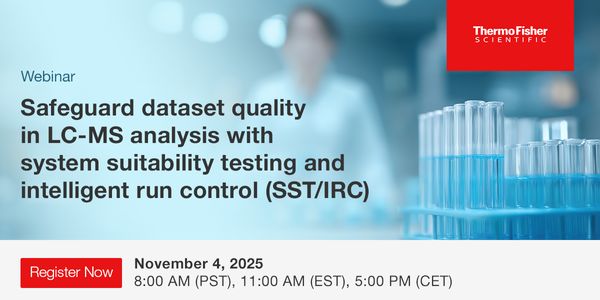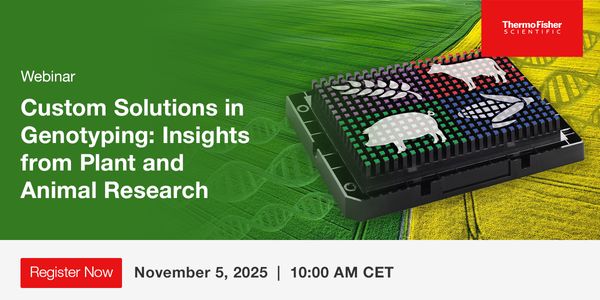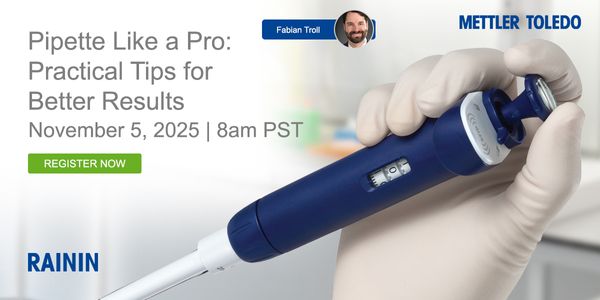
Identifying the Ideal In Vitro Liver Model for Various Research Applications
-
Michael Johnson, PhD
CEO and Co-Founder, VisikolBIOGRAPHY
Over the last few years, the space of advanced in vitro models has grown dramatically as researchers look to better mimic the in vivo environment within inexpensive and high throughput in vitro models. Of all tissue systems, one of the most modeled is the liver as drug induced liver injury accounts for over 20% of late-stage clinical failures and diseases like NASH and HBV affect millions within the US. The focus of this talk is on describing the current state of advanced liver cell culture models and providing guidance on how best to choose which liver in vitro model system is best for a particular research question. Three separate in vitro model systems will be discussed: 1) HUREL 2D Micro Livers, 2) Spheroid 3D cell culture and 3) Ex vivo tissue slices. The advantages and disadvantages of each model system will be thoroughly described, and researchers will be provided with guidance on how best to choose their models based on cost, in vivo relevancy and throughput.
Learning Objectives:
1. Explain the advantages and disadvantages of various liver in vitro model systems and the types of applications that they should be applied to.
2. Identify a framework for choosing the right liver in vitro model for a specific application based on balancing cost, throughput and in vivo relevancy.
Please update your information
Certificate of Participation
DOWNLOAD CERTIFICATE






